Services
Types of Services
Our services teams can help you leverage the maximum value from your Adtran solution. From deployment and integration to ongoing maintenance and monitoring, we're ready to support you throughout your network transformation and deliver the analytics, insight and automation you need to succeed. Find out more about our service offerings, including our Adtran university, providing training opportunities for our products, certifications and technologies.
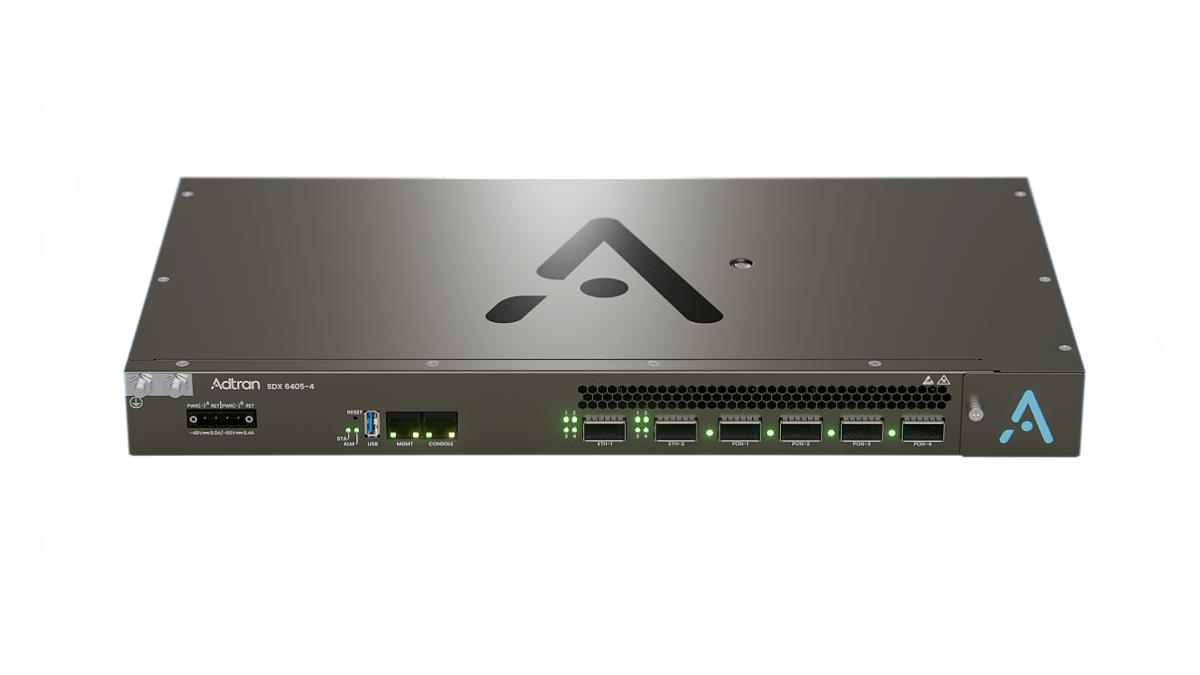
What is 50G PON?
The latest advancement in passive optical network (PON) technology is 50G PON (ITU-T G.9804.x). Offering speeds five times greater than today’s most widely deployed PON technology, 10G PON (XGS-PON), 50G PON delivers a significant boost in bandwidth. This enables the deployment of multiple types of broadband services over a single fiber, including residential, business and backhaul services. With so much available capacity, service providers can offer tiered packages tailored to varying customer needs, adjusting both bandwidth and symmetry to meet the demands of different applications.
Read more
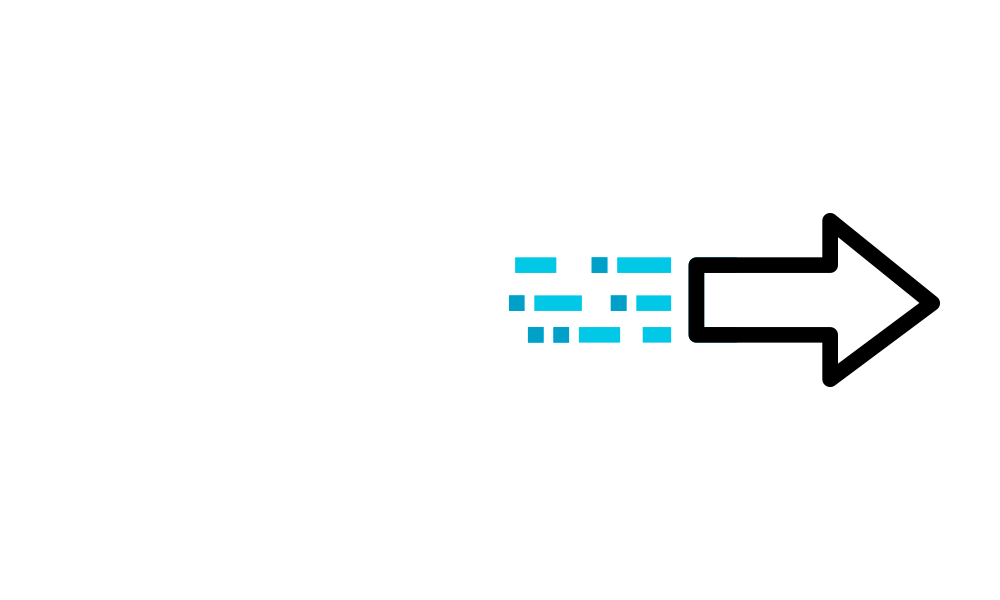
What is a passive optical network?
A passive optical network (PON) is a fiber-optic network utilizing a point-to-multipoint (P2MP) architecture and passive optical splitters to deliver services to multiple end users. In a PON network, an optical line terminal (OLT) is placed at the network’s headend, which manages the connections to the premises’ optical network terminals (ONTs).
Read more
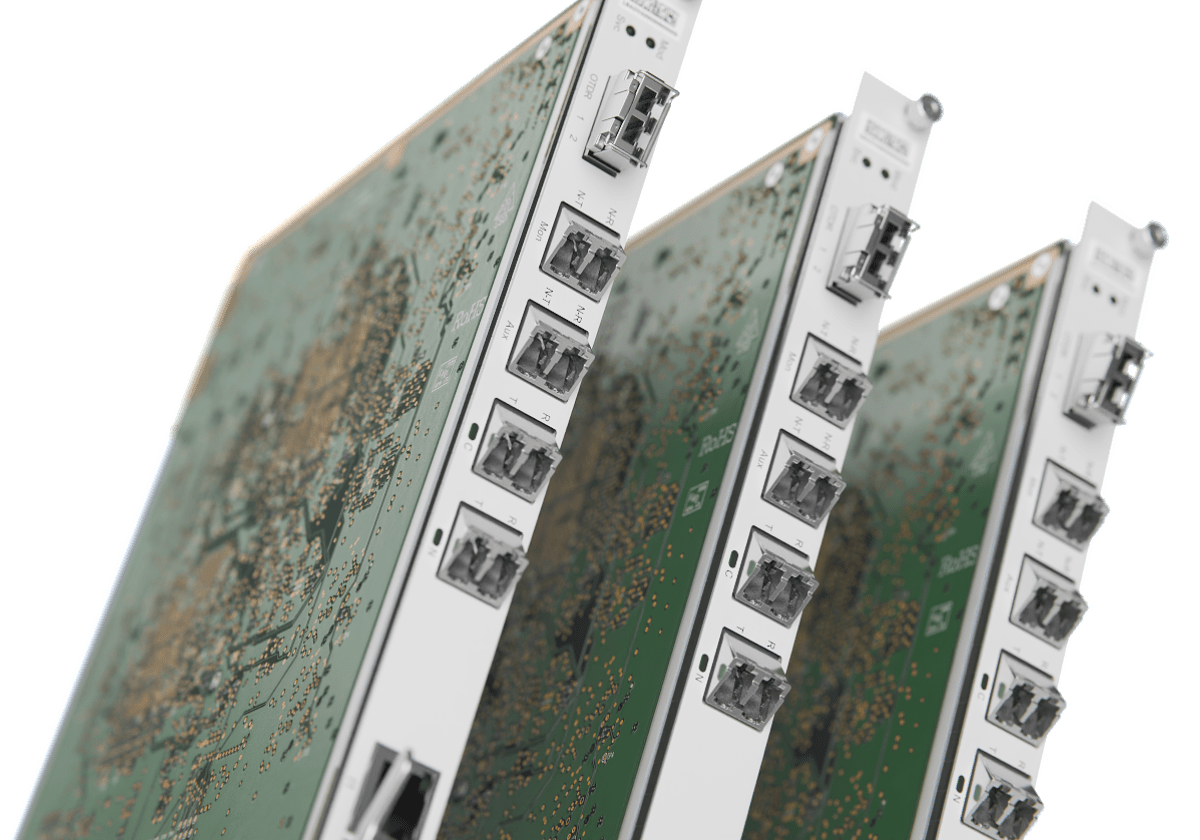
What is quantum-resistant communications?
Robust network security is essential to protect sensitive data in motion. While today’s most advanced encryption algorithms used to secure user data remain strong, the key exchange protocols that enable this encryption are vulnerable to future quantum attacks. Currently, secret keys used for encryption and decryption are exchanged through protocols that could be compromised by emerging quantum technology. Although today’s quantum computers lack the capability to break these protocols, the risk remains that encrypted data stored today could be decrypted once quantum computing advances. This is why governments and organizations worldwide are exploring quantum-resistant cryptography to protect their information from future quantum-enabled threats.
Read more
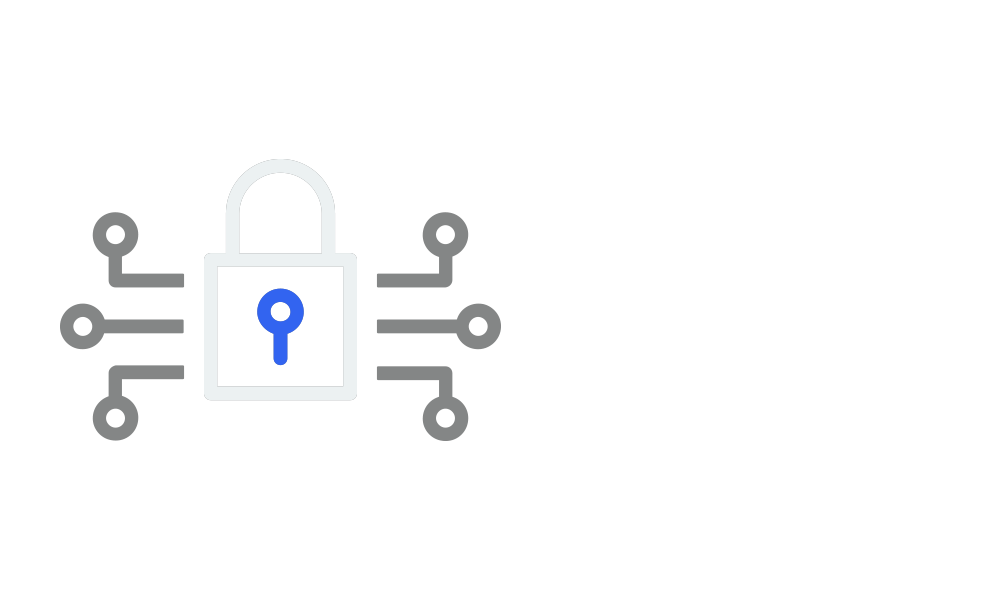
What is LoRaWAN™?
Low-power, wide-area networks (LPWAN) are projected to support a major portion of the billions of devices forecasted for the internet of things (IoT). LoRaWAN™ is a low-power, long-range (LoRa®) WAN designed from the bottom up to optimize LPWANs for battery lifetime, capacity, range, and cost. The advantage of LoRa® is in the technology’s long-range capabilities. A single gateway or base station can cover entire cities or hundreds of square kilometers.
Read more

What is Gfast?
Gigabit is the new broadband standard, and that means networks must adapt to deliver the high speeds that customers demand. But deploying fiber is expensive and can also mean disruption for customers. Gfast provides an alternative to building full fiber networks. Capable of delivering symmetric Gigabit broadband, Gfast is deployed inside a building where the fiber connection terminates and leverages in-building copper twisted pair or coaxial wiring to deliver speeds of up to 2Gbit/s to the end user. And because Gfast leverages existing infrastructure, it lowers the cost per connection and speeds time-to-market.
Read more

What is uCPE?
Universal customer premises equipment (uCPE) consists of software virtual network functions (VNFs) running on a standard operating system hosted on an open commercial off-the-shelf (COTS) server. uCPE is the next evolutionary step in customer premises equipment (CPE). Free from the restraints of proprietary vendor hardware, uCPE delivers a number of key benefits by consolidating many local, physical IT infrastructure functions. uCPE is driving new efficiencies by reducing physical architecture complexity, improving time to service, cutting operational costs, and creating more value for customers. In short, uCPE brings the power of the cloud to the telco network and is a gateway to innovation.
Read more
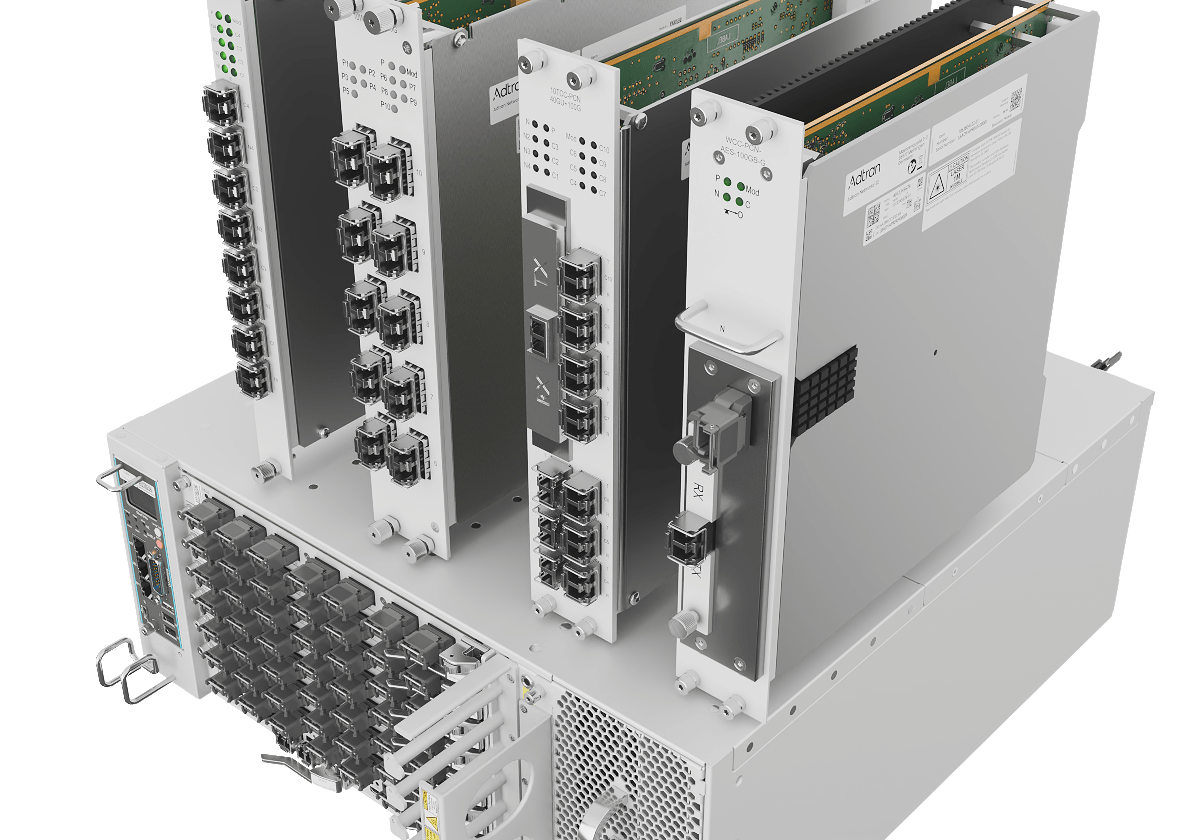
What are ROADMs?
Today’s optical networks are much more dynamic than in the past and require greater flexibility. Traffic demands (e.g., data growth and traffic patterns) often shift and are difficult to predict. Reconfigurable optical add-drop multiplexers (ROADMs) emerged as a solution, transforming static pipes into dynamic networks. ROADMs allow network operators to access any wavelength at any node at any time, creating a new level of operational simplicity and flexibility. Optical wavelengths can be added or reconfigured within seconds. Moreover, this is done remotely via software without truck rolls and hardware changes in the corresponding nodes. Operators gain the ability to optimize network resources, adapt to changing traffic demands, and achieve efficient wavelength provisioning, resulting in enhanced network performance and improved service delivery.
Read more
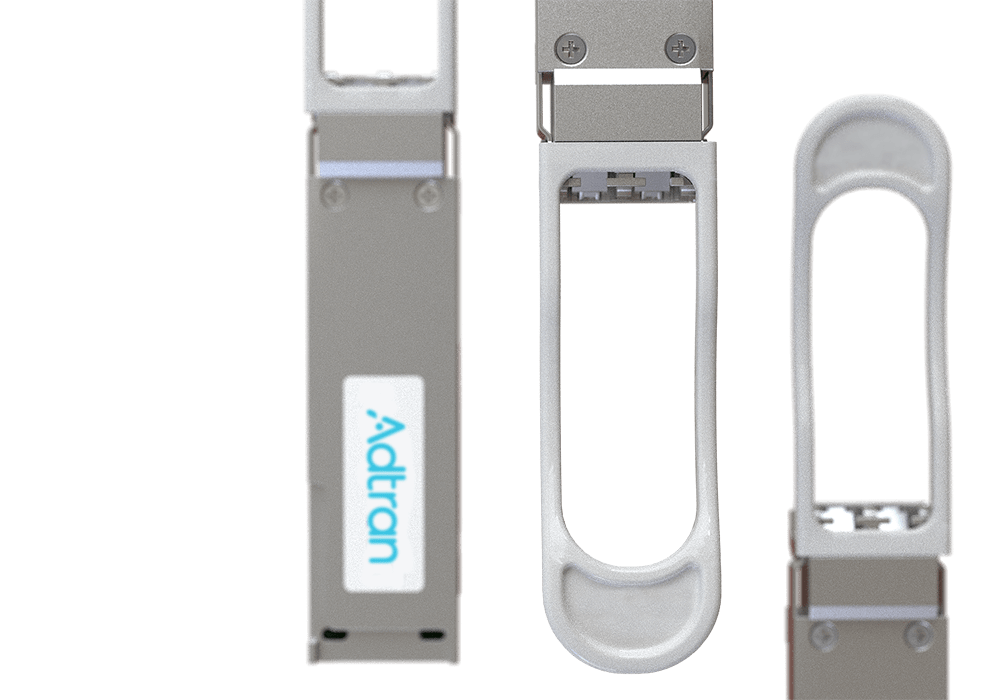
What is 100ZR?
400ZR pluggable coherent optics are disrupting optical networks. They offer advantages such as low cost, compact form factor and minimal power consumption, and can be plugged directly into headend devices such as routers or switches. Initially driven by hyperscale data center operators for cost-efficient 400GbE point-to-point data center interconnects, network operators and service providers are now interested in using a similar approach to upgrade their edge aggregation networks to 100Gbit/s. This has motivated the development of 100ZR coherent pluggable transceivers with a small form factor and impressive power efficiency.
Read more
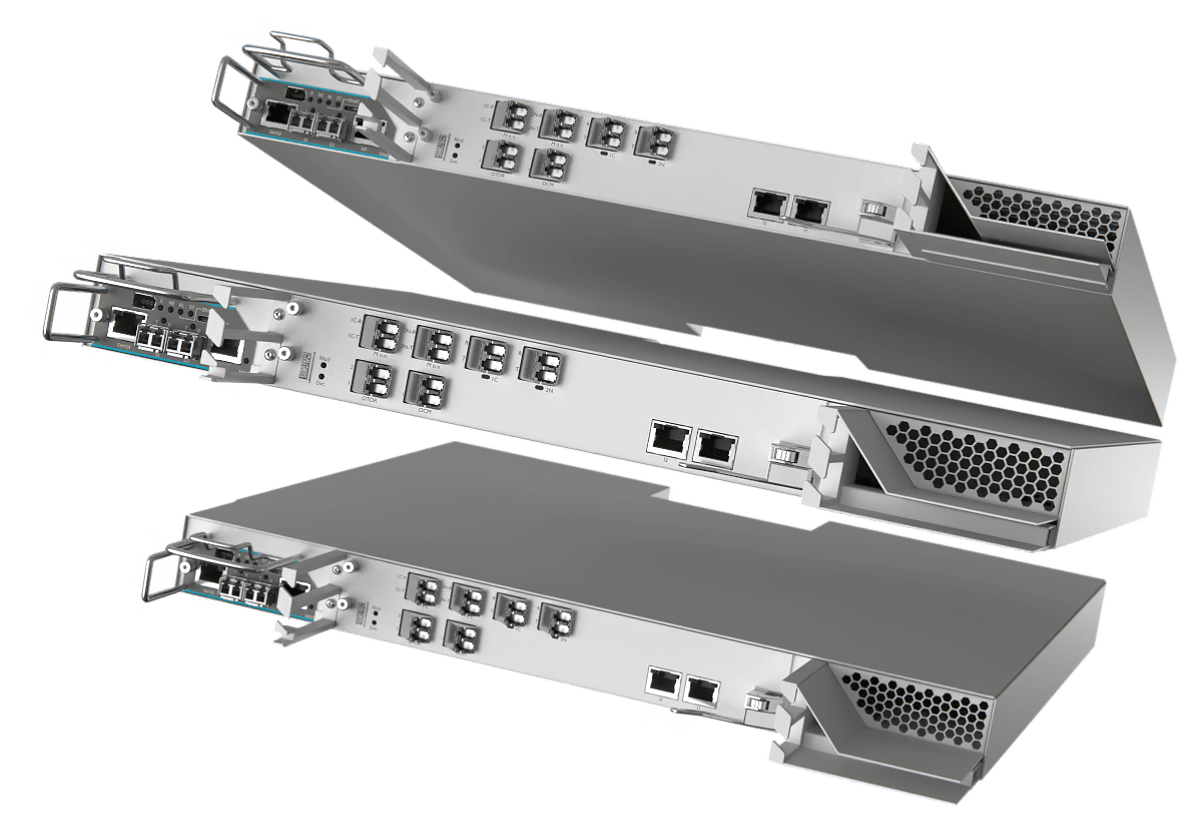
What is 400ZR?
The advances in optical technology and coherent digital signal processors (DSPs) have facilitated the rapid introduction of coherent optical interfaces in small form factor pluggable modules. These implementations were typically based on proprietary designs (different DSPs, optical specifications and forward error correction (FEC) algorithms), forcing operators to deploy optics from the same vendor at both ends, which narrowed the possibilities and limited the pace of innovation. To solve this problem and reduce cost and complexity in coherent networks, initiatives have emerged to promote multi-vendor agreements for standardized coherent optical interfaces. OpenROADM, OIF 400ZR and OpenZR+ projects have released standardized specifications, with each project addressing different markets. While OpenROADM is mainly for enterprise and carrier infrastructure, the OIF and OpenZR+ projects focus on Ethernet point-to-point connectivity across metro (400ZR) or longer distances (OpenZR+).
Read more

What is an open optical line system?
DWDM optical systems have traditionally been sold as closed solutions. This means operators buy the terminal equipment, transmission equipment and management system from just one supplier. Within this environment, the transponders and optical line system are highly coupled, with the optical line itself only capable of transporting wavelengths from the equipment vendor. Moreover, the nature of closed systems makes upgrades with new terminal innovation more difficult and costly to perform. Operators must rely on their equipment vendor to innovate quickly, and hope that individual components are easy to modify and compatible with new technology. In contrast, disaggregated systems – where the optical line system is decoupled from optical terminals – enable operators to expand their network at any time and with the technology of their choice.
Read more

What is Carrier Ethernet 2.0?
Carrier Ethernet 2.0 (CE 2.0) is the second generation of Carrier Ethernet devices, interfaces and services that extend Carrier Ethernet (CE). Both CE and CE 2.0 are defined by the Metro Ethernet Forum (MEF) and build on the ubiquitous Ethernet standards. CE 2.0 adds to Ethernet with features and interfaces that enable communications service providers (CSPs) to offer native Ethernet services to end users and provide wholesale Ethernet connections to other CSPs. CE 2.0 makes Carrier Ethernet services even more interconnected, manageable and differentiated for specific applications
Read more

What is data center interconnect?
Modern life relies on data centers. Hidden from most, these physical facilities are the backbone of the internet, storing and computing information for every industry, enabling data backup and recovery, business continuity plans, cloud-based services and applications. From emails to entertainment streaming, our daily lives are built on data centers. But data centers are not “islands.” They need to be interconnected to share or back up data or to balance workloads. The success of the applications running over them depends not only on the performance of the data centers themselves but also on the connectivity between them. This is what the industry calls data center interconnect or DCI.
Read more
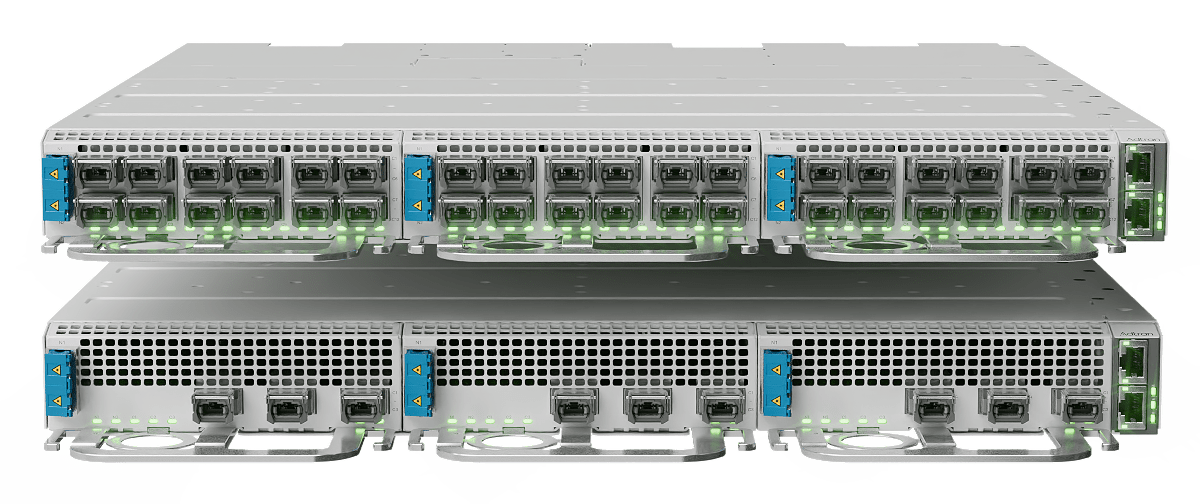
What is DWDM?
Dense wavelength division multiplexing (DWDM) is an optical multiplexing technology used to increase the bandwidth of fiber-optic networks. DWDM works by combining and transmitting multiple signals simultaneously at different wavelengths on the same fiber strand. In essence, the technology creates multiple virtual fibers, therefore multiplying the capacity of the physical medium. Moreover, DWDM is protocol and bit-rate agnostic. DWDM enables multi-service networks that can transport different types of services over the same infrastructure transparently and without interference between services
Read more

What is edge cloud?
Strong growth of universal customer premises equipment (uCPE) and network functions virtualization (NFV) deployments have paved the way for generalized cloud computing infrastructure at the edge of the network. The next logical step for managed service providers is to efficiently leverage that infrastructure to offer infrastructure-as-a-service (IaaS) and platform-as-a-service (PaaS) solutions to end customers. Doing so allows end users to cost-effectively run their own applications on the same infrastructure supporting their communications and security applications. This is edge cloud.
Read more
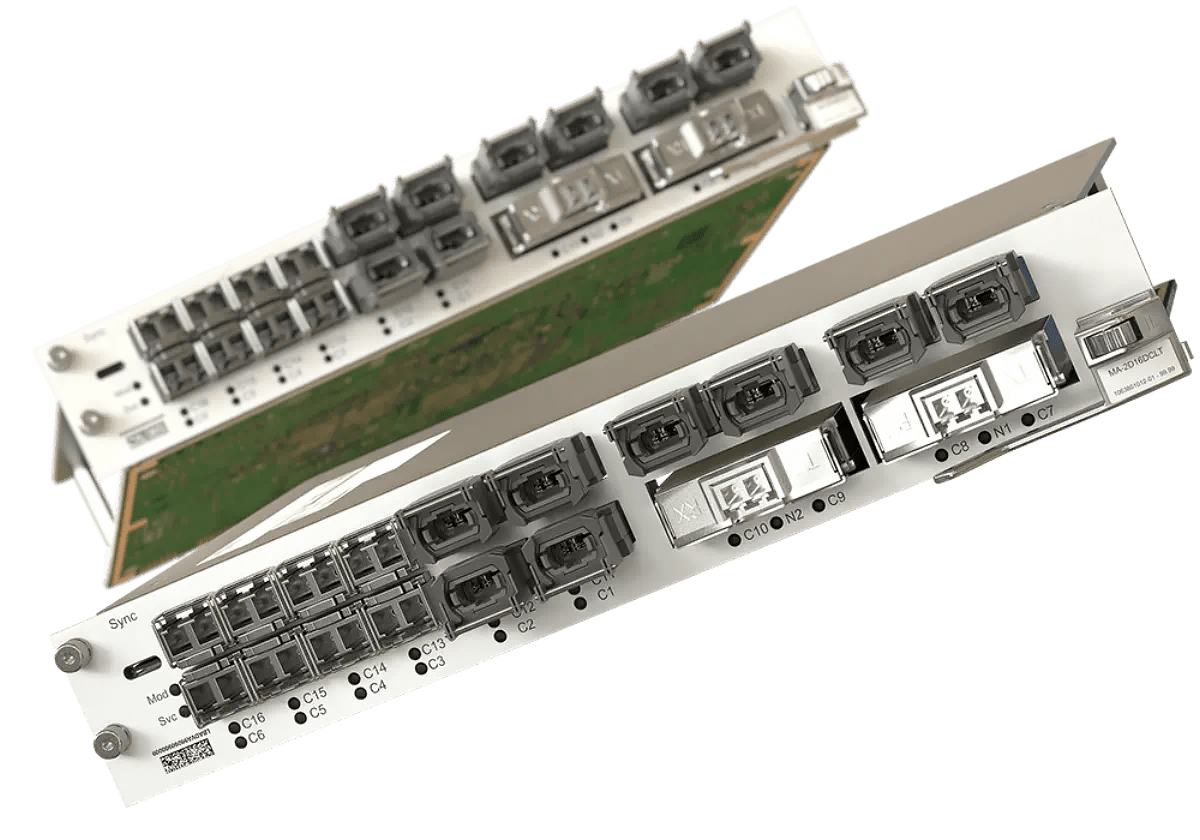
What is Fibre Channel?
In a world where organizations increasingly rely on large-scale storage systems to store and retrieve critical data, the challenge arises of ensuring reliable, scalable and fast connectivity between servers and storage devices. Fibre Channel is a high-speed networking technology specifically designed for storage area networks (SANs). It empowers organizations to establish robust and fast SANs. Optimized for mission-critical applications, including applications that require synchronous data mirroring, Fibre Channel enables seamless access and retrieval of critical information, meeting the demanding connectivity requirements of modern enterprises.
Read more
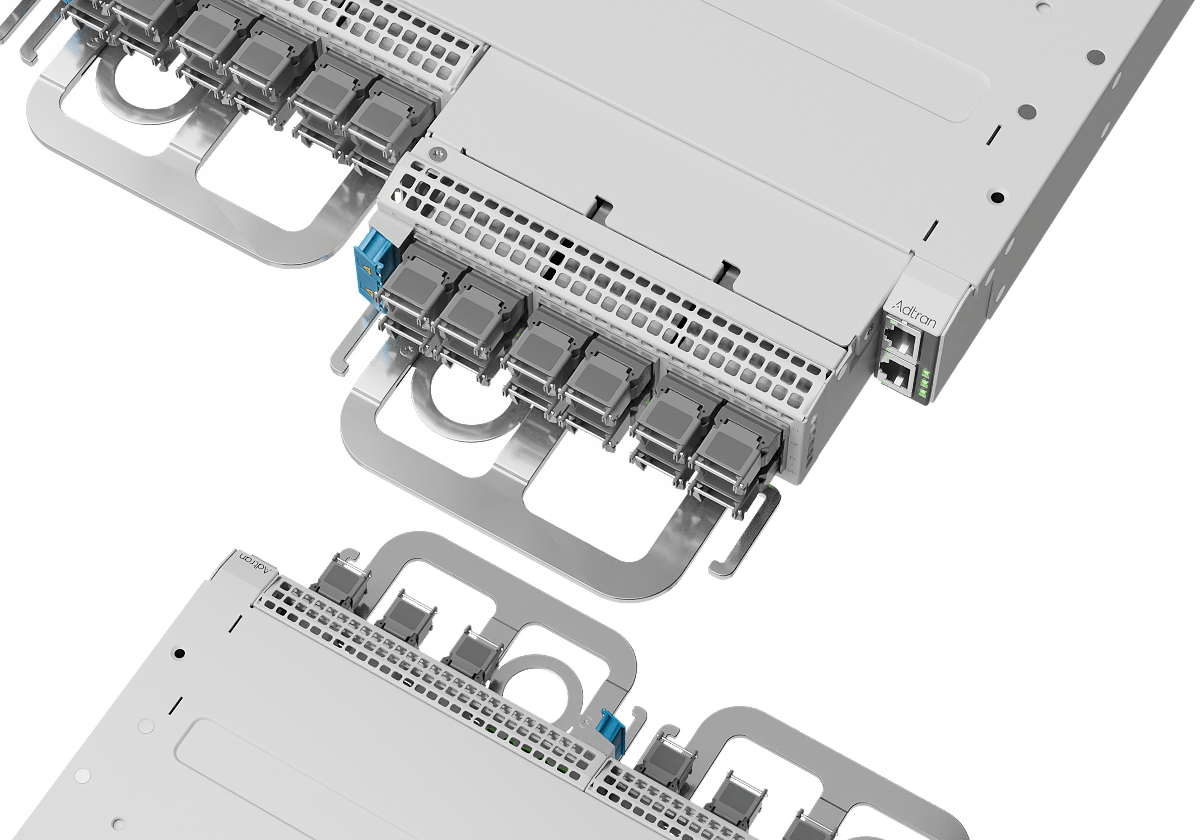
What is fractional QAM?
Today’s cloud and internet content providers urgently need to achieve more with their existing regional, long-haul and submarine infrastructure. Communication service providers are also looking to increase the capacity of their deployed optical transport networks to handle data creation growth rates increasing at around 20% every year. The introduction of higher line rates is one of the most common strategies to increase the transport capacity of existing optical infrastructure. In DWDM networks with coherent technology, using higher modulation orders, with a higher number of bits per symbol, will increase the transport capacity per wavelength but at the cost of wavelength reach. With typical QAM modulation schemes, increments can only be in integer and fixed steps, which leads to significant performance steps and inefficient utilization of the available bandwidth. Fractional QAM technology eliminates these steps and allows users to maximize the capacity-reach performance of their existing transport network infrastructure.
Read more
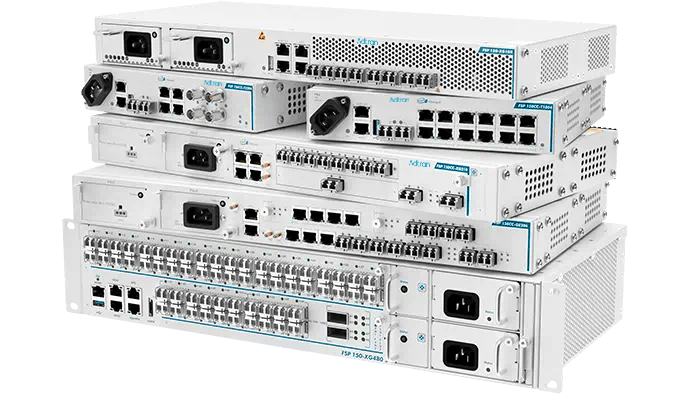
What is MEF 3.0?
MEF 3.0 Carrier Ethernet (CE) provides a standard for delivering high-performance, scalable and reliable CE services in service provider networks. As the third generation of MEF-defined CE, it builds on the success of its predecessors — CE 2.0 and CE 1.0 — and introduces transformative enhancements tailored to meet the dynamic demands of today's networks. CE 2.0 was a progressive leap from the original Carrier Ethernet blueprint, offering features such as multiple classes of service, improved interconnectivity among different service providers, and upgraded manageability. MEF 3.0 continues the innovation path by integrating with software-defined networking (SDN) and network functions virtualization (NFV), and addressing the distinct requirements of 5G and IoT. MEF 3.0 bridges these gaps, setting a new industry standard.
Read more

What is NFV MANO?
First, NFV stands for network functions virtualization. NFV is built around replacing dedicated, closed and single-vendor networking appliances (routers, firewalls, etc.) with multi-vendor systems comprising software functions running on a standard hardware server. NFV relies on virtual resources such as virtual machines (VMs), storage and networking. NFV also requires the ability to control physical resources to implement a complete end-to-end service. That’s where MANO comes in. MANO stands for management and orchestration, and it was originally defined by the ETSI NFV ISG. Orchestration allocates and manages these resources using software packages such as OpenStack. And management is focused on the physical and service aspects of the virtualized solution. NFV MANO is essential for the deployment of NFV at scale.
Read more
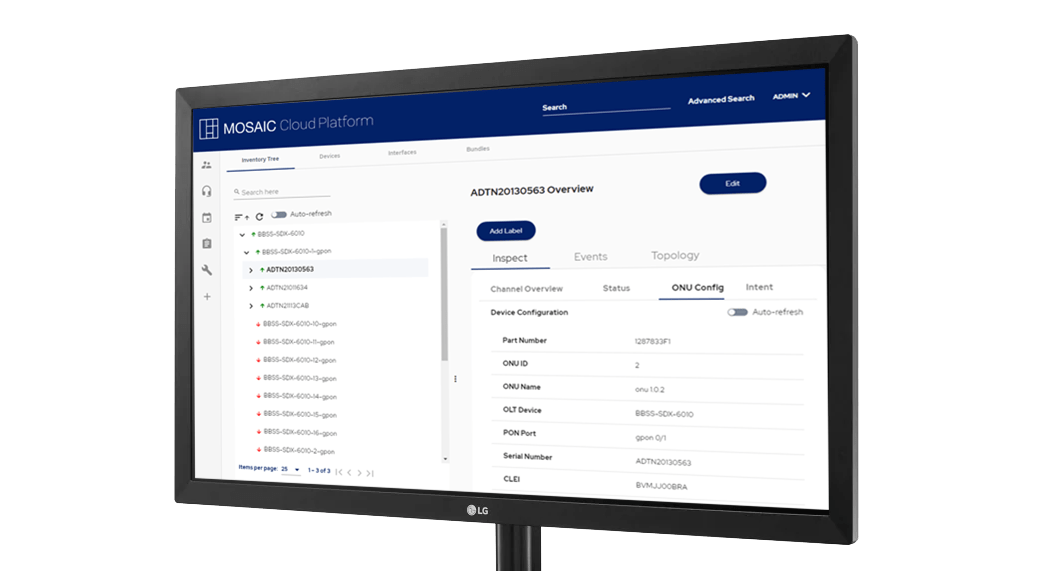
What is SDN?
Rigid and complex legacy networks pose significant challenges for modern communication service providers (CSPs) that require more flexibility. Network devices like routers and switches that only offer fixed functions and static control make it difficult to respond to changing requirements. Once devices are deployed and configurations are set, they remain relatively fixed, barring tedious manual updates. The result is a network whose ability to dynamically control data flow or adapt to changing requirements is severely limited. Enter software-defined networking (SDN), a transformative solution that offers centralized network control and programmability.
Read more
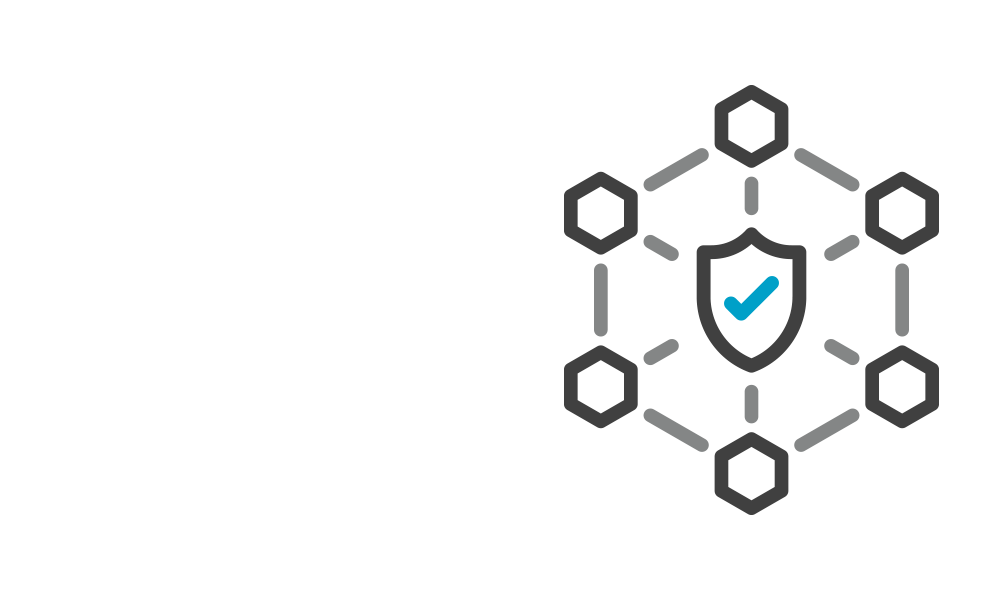
What is SD-WAN?
Software-defined WAN (SD-WAN) is one of the hottest and fastest-growing technologies in networking today. The growth opportunities it offers communication service providers (CSPs) and the cost savings it generates for enterprises make it one of the most attractive innovations the industry has seen in a long time. But why? For operators, SD-WAN unlocks a realm of attractive new service offerings. And for enterprises, it’s a way to implement virtual private networks (VPNs) at a much lower cost than today’s operator-managed Multiprotocol Label Switching (MPLS) VPNs. For both, it provides increased security through the use of centrally controlled policies.
Read more
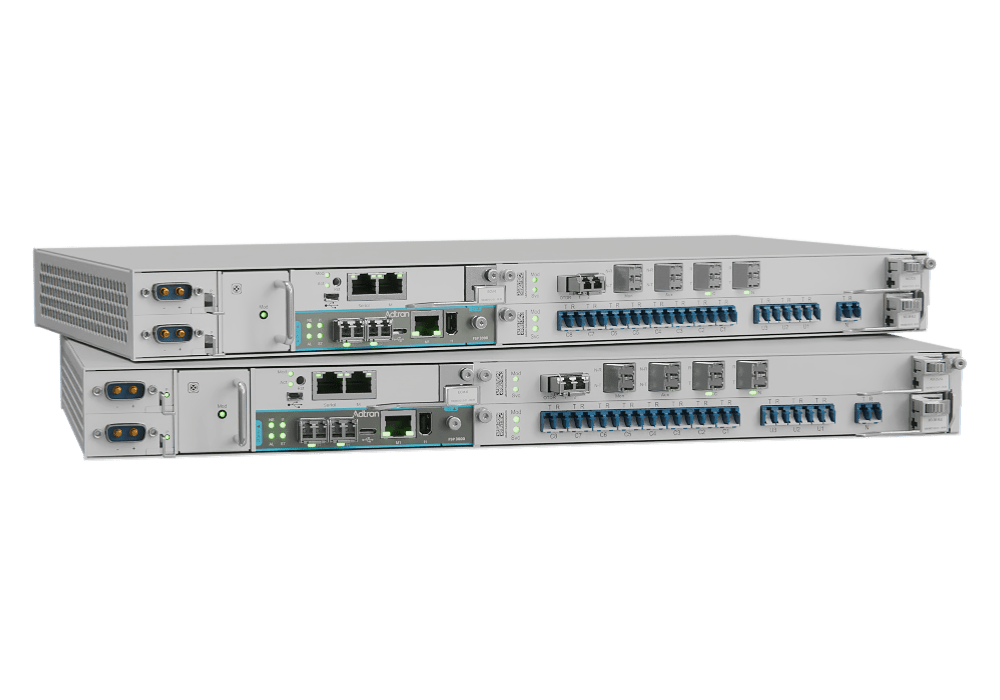
What is the optical edge?
The growing demand for high-bandwidth traffic from end users is encouraging telecom operators to increase the transport capacity of their last-mile and optical edge infrastructure. The so-called “last mile” is the part of the network that reaches end-users’ premises and interconnects them with the first active aggregation node. At the aggregation node, end-user traffic is multiplexed into a higher-speed service that will be transmitted up to the core network over DWDM infrastructure. That portion of the network between the last mile and the core is the “optical edge.” Different broadband access technologies are used in the last mile, such as FTTH, mobile fronthaul or IP. Each of them requires specialized aggregation equipment, such as optical line terminals (OLTs), distributed units (DUs) and routers. But it’s at the optical edge where it all converges. This is where end users’ data is efficiently aggregated before being fed back to the core via optical fiber.
Read more
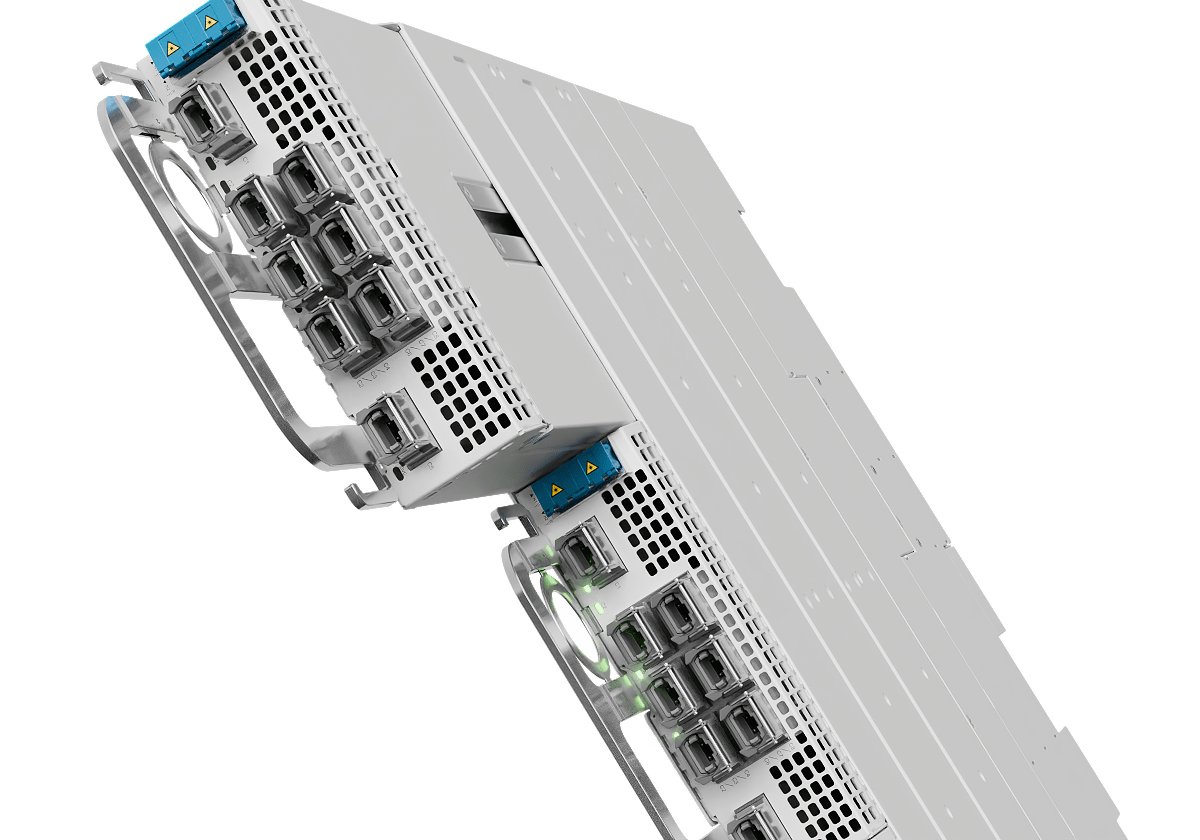
What is WDM?
Fiber is an invaluable asset. No other physical medium can carry more data over greater distances. But how can you make the best use of your fiber plant? The answer is wavelength division multiplexing (WDM). WDM uses multiple wavelengths (colors of light) to transport signals over a single fiber. WDM breaks white light passing through fiber-optic cable into all the colors of the spectrum, much like light passed through a prism creates a rainbow. Every wavelength (color) carries an individual signal that does not interfere with the other wavelengths (colors). In simple terms: WDM creates virtual fibers – the best and simplest way to multiply fiber capacity.
Read more